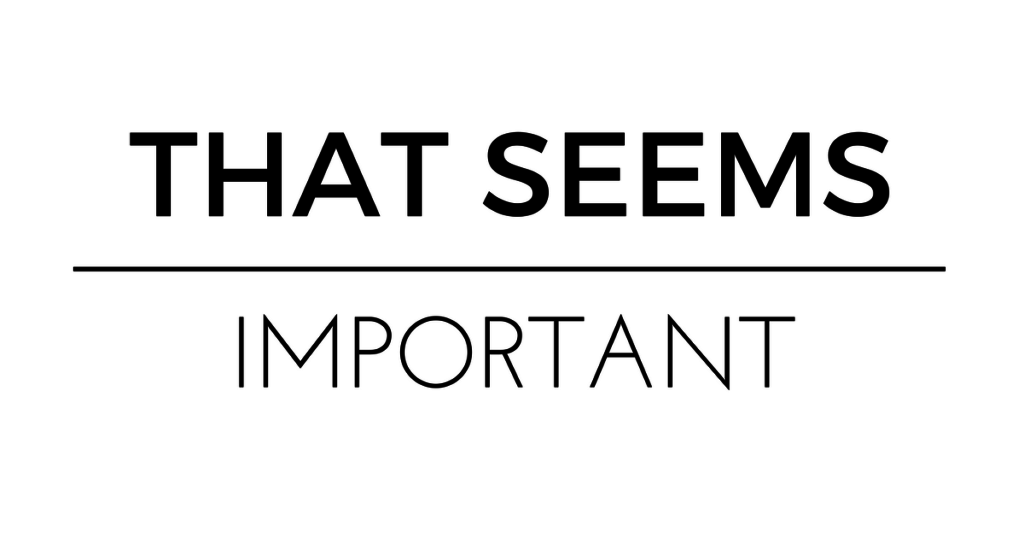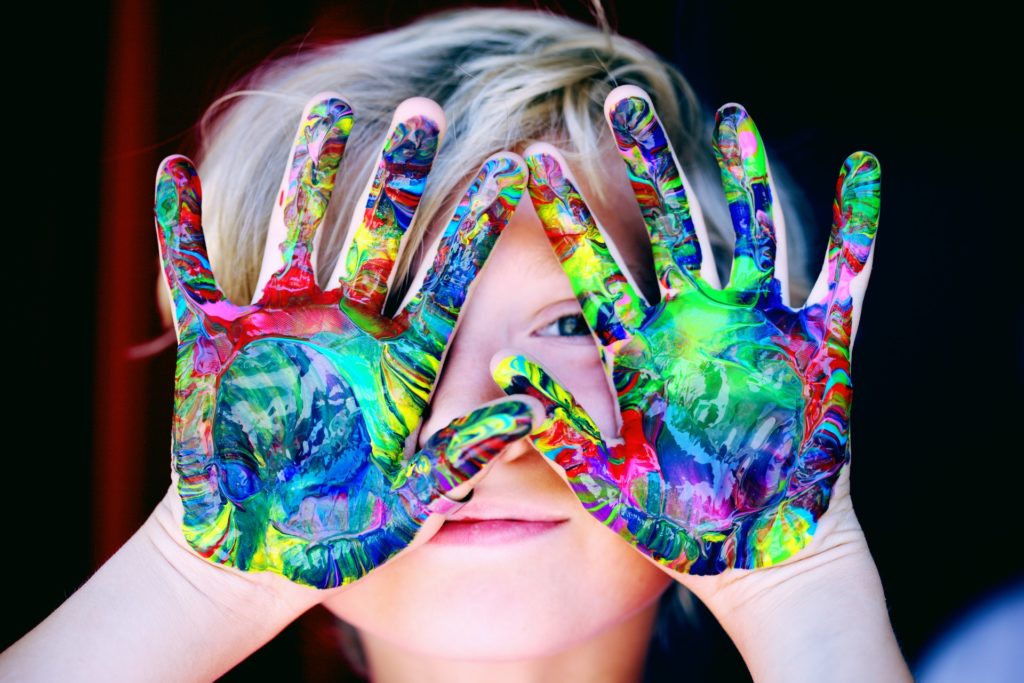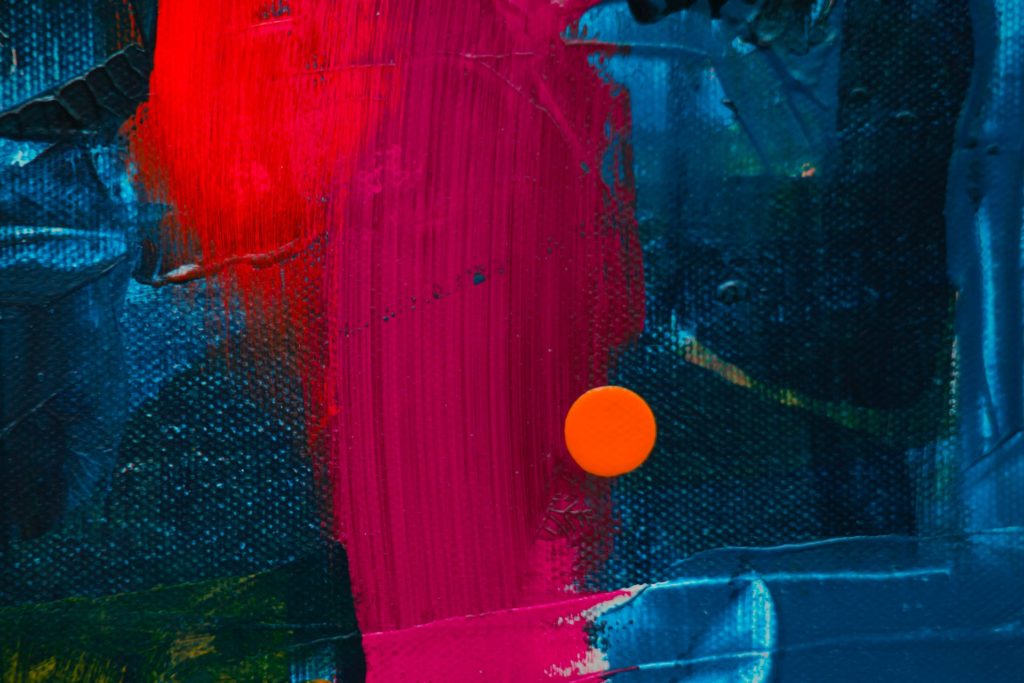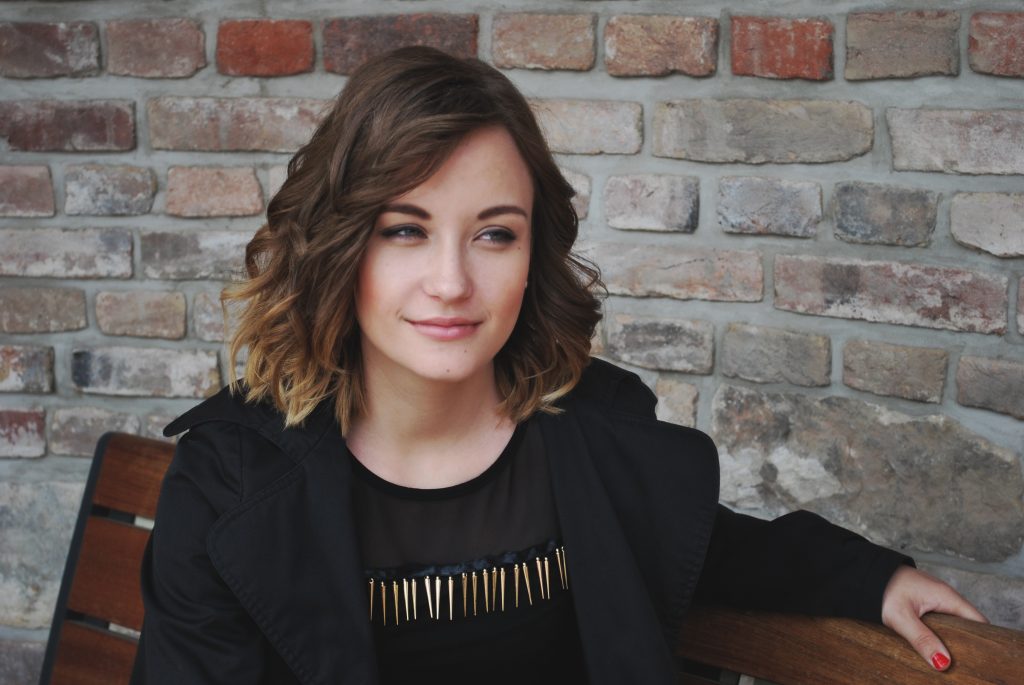When I was 5 my parents put me in ski school to learn how to ski. Five hours later they returned and I was a pile of tears. Not only could I not ski, I now HATED skiing.
I had (and still have) terrible spatial awareness and my body doesn’t listen to my instructions. When I tell it to go left, it does whatever the #$%@ it wants. I also get really nervous in groups, comparing myself constantly to others, which makes it hard for me to focus on the lesson.
I needed a different kind of instruction.
My dad, sensing this, took me out of class and started his own course of instruction. Letting me learn at my pace, while also pushing me. We must have gone up and down the bunny slopes 700 times that week.
But he started with the lift.
Where the other instructors were trying to teach me how to use my skis, my dad saw I was terrified of the lift. And of falling. And of hurting myself. And of losing control. And of looking stupid in front of other people. So, he addressed the fear first.
That was when I started learning.
Your brain cannot absorb new information if it’s busy protecting you from oncoming tigers.
Which is what is happening in your brain when you feel fear. You might literally be looking at a blank page, but your amygdala is like, TIGER! THERE IS A FREAKING TIGER! RUN! FREEZE! FIGHT! AHHHHHH
You may recognize this in your own life as Impostor Syndrome, or The I’m Better Than This Phenomena, or Copycat Syndrome or Defensiveness or Obsession With Formulas and Hacks or the million other ways fear shows up for us adults.
They’re all just different versions of our amygdala freaking out, unable to tell the difference between an actual tiger and the perceived threat of annihilation that comes from what we believe will happen if we send an email to our colleagues and it fails to deliver results.
When we are in this terror position, like me on my first day skiing, we can’t learn.
Learning works best when you’re in an environment that allows for and encourages mistakes.
It takes Ted Lasso level patience.
And it happens gradually on its own (very annoying) timeline.
This is also what makes it so fun. Yeah, skydiving is cool but have you ever tried to write copy, watched it fail miserably, and then tried again 14,000 times until FINALLY, IT WORKS?? YOU DONT KNOW FUN until you’ve tasted the victory that is unlocking something after repeated failure.
I’ve wiped out on the slopes more times than I can count. But, now, instead of crawling into a hole to die, like I did when I was five, I know to look up at the people around me and go, “WHOA!! Did y’all see that?!!?”
Sometimes people even clap.
When people are cheering for your falls as much as they cheer for your victories, you know you’ve found your people.
Last week I interviewed a few dozen Copy Workshop graduates. When we went into the interviews, I thought for sure people were going to tell us how the workshop changed them and their writing – and it did, but.
What blew me away was how nearly every student was like, “Yeah, Margo’s curriculum is fine, BUT THE STUDENTS ARE AWESOME.”
It was the people that made the difference and facilitated the learning.
It was the environment that encouraged mistakes. It was the support, the camaraderie, and individual attention from fellow students, coaches, and, cohort captains.
It was the people who knew the difference between when you need to be pushed and when you need to be praised.
Copy Workshop graduate, Tim, said it best:
“The tribe is there to help and support and move you along the path to writing good copy, which means that you can end up with confidence in your ability to write, to explain yourself, to articulate it. You’re less worried about what people will think, because it doesn’t really matter. The whole process is about helping you. It’s not about pass or fail or you are late or your tie’s not straight. It’s not school, it’s a workshop.”
It’s not about pass or fail or you are late or your tie’s not straight.
It’s about learning.
If you’re someone who wants to learn how to communicate effectively in a way that inspires action, let us help you get there.
We’ll address the fear, first. Then, we’ll talk words.
Margo




